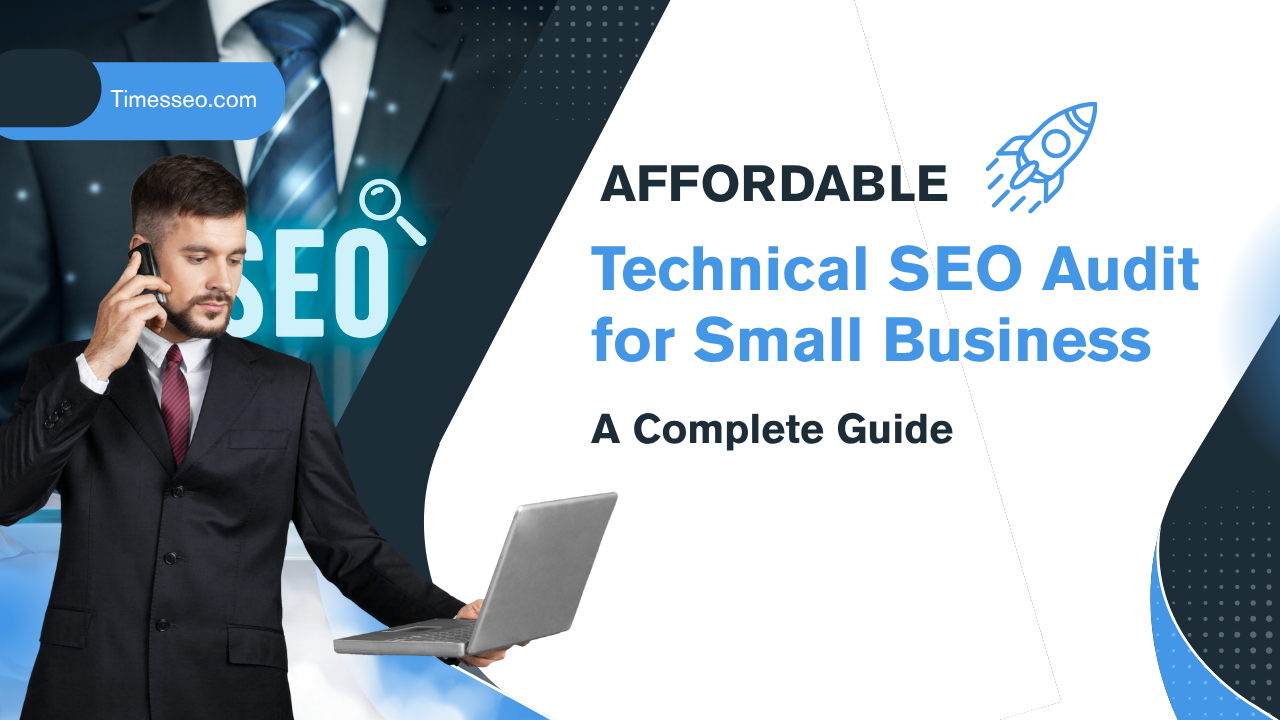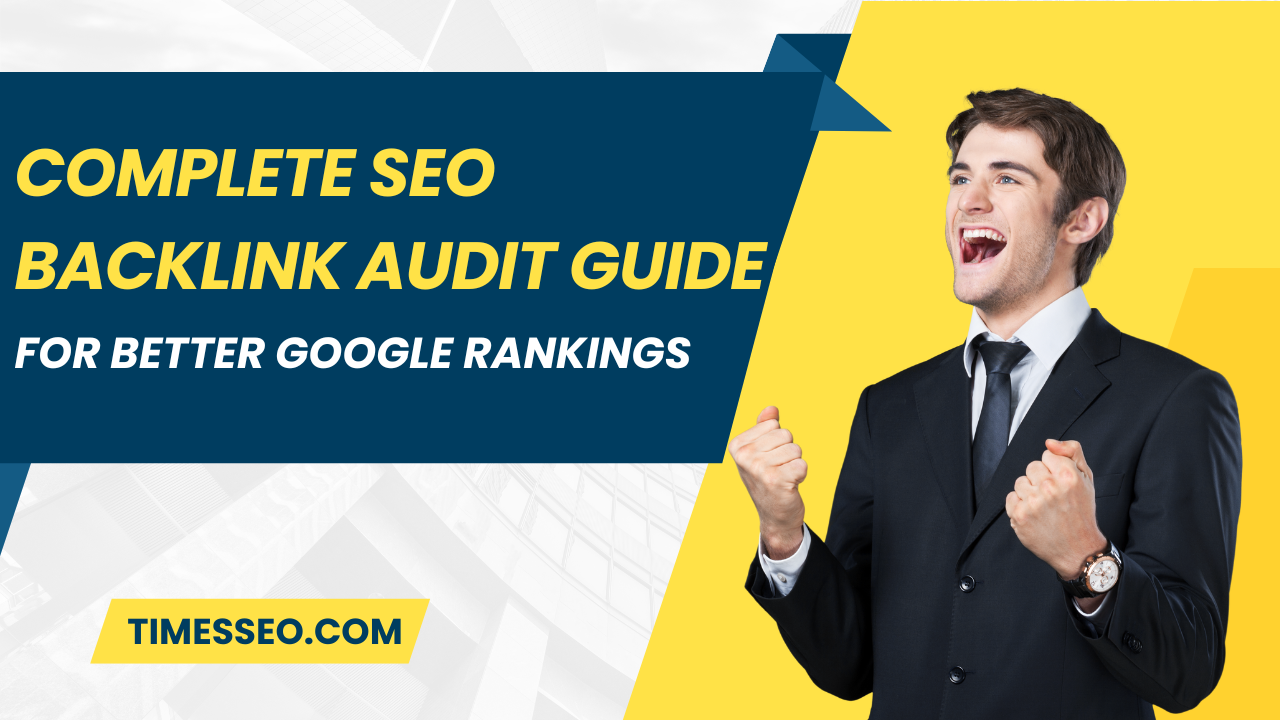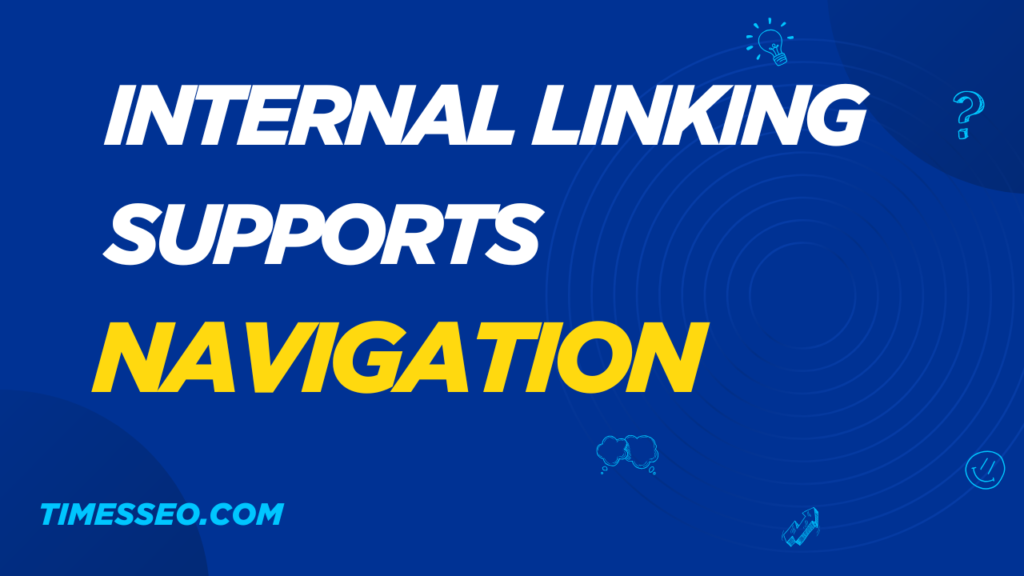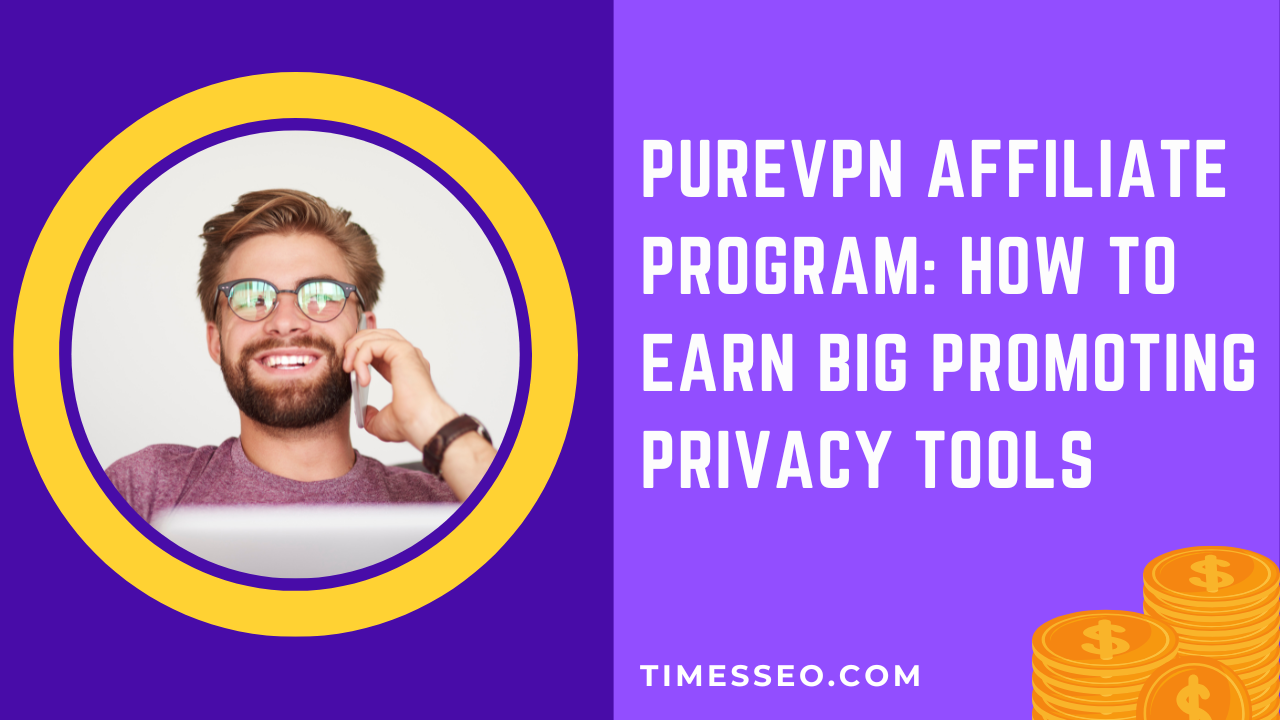
Impact of On-Page SEO Audit Steps for Service Websites
Discover how on-page SEO audit steps for service websites enhance user experience (UX) by improving site structure, page speed, navigation, and engagement. This post explores the connection between SEO and UX to help service businesses attract and retain more customers.
Table of Contents
Introduction
When the majority of people hear the term “SEO,” they typically think of rankings and keywords. But what they often overlook is how deeply SEO, especially on-page SEO audit steps for service websites, connects with user experience (UX).
In reality, on-page SEO and user experience are closely intertwined, reflecting different aspects of the same objective. If your website loads fast, looks clean, and gives people exactly what they came for — Google notices. And more importantly, users stay, engage, and convert.
Let’s explore how each on-page SEO element improves UX and ultimately supports your business goals.
Understanding User Intent
Aligning SEO Content with Visitor Goals
The heart of SEO is answering a question. When someone lands on your site, are you solving their problem right away? Whether they want a quote, a phone number, or to learn more — your page must deliver.
Helping Users Find What They Need Fast
Service pages should be crystal clear: what you do, where you do it, and how to contact you. Clear sections, quick answers, and no fluff make for happy visitors and high conversions.
Role of Page Speed in UX
How Slow Pages Hurt Both UX and SEO
Nobody likes waiting. Conversion rates can decrease by as much as 7% with even a 2-second load time delay. Google sees high bounce rates and will push your site down the rankings.
Speed Optimization Tips
- Compress images
- Use caching
- Minify JavaScript and CSS
- Choose fast hosting
To identify and address problems, use GTmetrix or Google PageSpeed Insights.
Mobile Responsiveness and Accessibility
Why Mobile-First Design Is Essential
Most service searches happen on phones. If your website isn’t optimized for small screens, users bounce. Mobile UX is no longer optional.
Accessibility for All Users
Accessible sites work for everyone — including users with disabilities. Make sure forms have alt text, are keyboard accessible, and have the right amount of contrast.
Optimized Metadata Improves Click-Through Rate
Title Tags That Set Expectations
When users find your site, the title tag is typically the first thing that grabs their attention. If it aligns with what they’re searching for, they’ll click. That click signals to Google: this page is relevant.
Meta Descriptions That Match User Needs
Good meta descriptions tell users what they’ll find — and entice them to visit. Think of it like an ad: short, benefit-driven, and accurate.
Clean URL Structure for Better Navigation
Simple URLs = Better Usability
URLs like /plumbing-services-bangalore are more user- and SEO-friendly than /page.php?id=93. Users trust clean, readable URLs more.
SEO Benefit and User Clarity Combined
Descriptive URLs help Google understand the page and improve rankings — but also help users feel confident in their click.
Logical Header Structure Enhances Readability
H1-H4 Tags Organize Content
Well-organized headings break content into easy-to-digest chunks. This helps users scan quickly — and improves SEO indexing.
Scannable Layouts Improve Time on Site
Use bullet points, short paragraphs, and headings every few lines. Nobody enjoys reading a wall of words!
Internal Linking Supports Navigation
Guiding Users to Related Services
Linking from one service to another helps users explore your offerings. It enhances the likelihood that visitors will convert and keeps them on your site longer.
Reducing Bounce Rates
Internal links give users somewhere to go next — reducing bounce rates and sending positive signals to Google.
Alt Text and Image Optimization
Accessibility and Faster Load Times
Alt text isn’t just for SEO — it helps screen readers too. Optimized, compressed images mean faster pages, which equals happier users.
SEO and UX Working Together
When images load fast and include context, both bots and humans benefit.
Schema Markup and Rich Snippets
Enhancing Visibility in SERPs
Schema markup adds rich snippets — stars, reviews, FAQs — in Google results. This can skyrocket your click-through rate.
Providing Key Info Instantly
With schema, users can get important info (like hours or prices) before even visiting your site.
Consistent NAP Information Builds Trust
Importance of Trust for Local Service Sites
NAP = Name, Address, Phone. It should be the same on every page and every directory listing. Inconsistencies confuse users and harm trust.
Clear Contact Info = Seamless User Journey
Make it easy for users to reach out — clickable phone numbers, visible contact buttons, and fast forms are a must.
Engaging Content Increases Dwell Time
Addressing Pain Points
Your content should talk directly to the reader’s problem and offer solutions — fast.
Structuring Content for Action
Use headings, icons, and visual elements to break up sections. This makes it easier to read and easier to act.
Strong CTAs Boost Conversions
Where to Place Calls-to-Action
Place CTAs at:
The top of the page
After service explanations
In the footer
Designing for Clicks
Bright buttons, clear text, and mobile accessibility turn visitors into leads.
Using UX Metrics to Guide SEO Improvements
Tools Like Google Analytics
Track bounce rate, session duration, and page paths. These observations highlight what is and is not functioning.
What to Monitor and Adjust
Exit rates on service pages
Form drop-offs
Time on page
Tweak, test, and improve over time.
Conclusion
Great SEO brings visitors to your site. Great UX makes them stay. When you combine the two — especially by following these on-page SEO audit steps for service websites — you don’t just rank better. You earn trust, reduce bounce, and turn more clicks into real-world customers.
Don’t treat SEO and UX as separate tasks. They’re part of the same strategy. And when aligned, they make your website a true growth engine.
Frequently Asked Questions
They enhance page load speed, ensure mobile responsiveness, improve content structure, and provide clear navigation — all of which lead to a smoother and more satisfying user journey.
Well-optimized title tags and meta descriptions help users understand what to expect from your page, increasing click-through rates and ensuring content relevance.
Most service-related searches happen on mobile devices. Ensuring a responsive design improves usability and keeps visitors from bouncing away.
Yes. Smart internal linking helps users find related services easily, reduces bounce rates, and increases time spent on your site — all signs of a great UX.
It’s best to review every 3 to 6 months or after major updates to your content or website design to ensure optimal performance for both users and search engines.
Table of Contents
Popular Posts
-
 Affordable Technical SEO Audit for Small Business: A Complete Guide26 Jun 2025 Blog
Affordable Technical SEO Audit for Small Business: A Complete Guide26 Jun 2025 Blog -
 How to Get an Affordable Technical SEO Audit for Small Business27 Jun 2025 Blog
How to Get an Affordable Technical SEO Audit for Small Business27 Jun 2025 Blog -
 The Ultimate Local SEO Audit Checklist for Startups28 Jun 2025 Blog
The Ultimate Local SEO Audit Checklist for Startups28 Jun 2025 Blog -
 Local SEO Audit Checklist for Startups: A Beginner’s Guide28 Jun 2025 Blog
Local SEO Audit Checklist for Startups: A Beginner’s Guide28 Jun 2025 Blog -
 Top On-Page SEO Audit Steps for Service Websites Every Business Should Know29 Jun 2025 Blog
Top On-Page SEO Audit Steps for Service Websites Every Business Should Know29 Jun 2025 Blog -
 Technical SEO for WordPress: The Ultimate Beginner’s Guide01 Jul 2025 Blog
Technical SEO for WordPress: The Ultimate Beginner’s Guide01 Jul 2025 Blog -
 The Impact of On-Page SEO Audit Steps for Service Websites on UX01 Jul 2025 Blog
The Impact of On-Page SEO Audit Steps for Service Websites on UX01 Jul 2025 Blog -
 Technical Mobile SEO Audit Tips for Developers02 Jul 2025 Blog
Technical Mobile SEO Audit Tips for Developers02 Jul 2025 Blog -
 Complete SEO Backlink Audit Guide for Better Google Rankings03 Jul 2025 Blog
Complete SEO Backlink Audit Guide for Better Google Rankings03 Jul 2025 Blog -
 Boost Your Rankings with Technical SEO for WordPress01 Jul 2025 Blog
Boost Your Rankings with Technical SEO for WordPress01 Jul 2025 Blog






